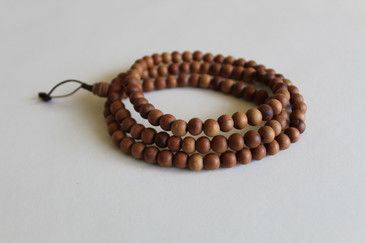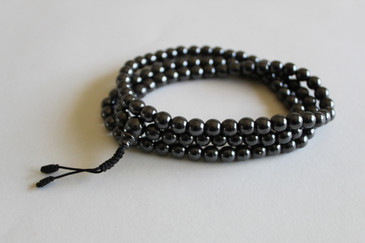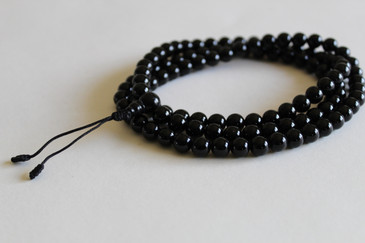- Home
- Buddhist Dharma
- Dorje and Vajra
Dorje and Vajra
Himalayan Trade features a small assortment of the most commonBuddhist Dharma ritual objects, such as Tibetan bells and dorje, which are be used in Buddhist meditation and concentration practices.
Vajra or Dorje is a Sanskrit word meaning both thunderbolt and diamond. Additionally, it is a weapon which is used as a ritual object to symbolize both the properties of a diamond (indestructibility) and a thunderbolt (irresistible force). The vajra is essentially a type of club with a ribbed spherical head. The ribs may meet in a ball-shaped top, or they may be separate and end in sharp points with which to stab. The vajra is used symbolically by the dharma traditions of Buddhism,Jainism and Hinduism, often to represent firmness of spirit and spiritual power. The use of the vajra as a symbolic and ritual tool spread from India along with Indian religion and culture to other parts of Asia.
In Buddhism the vajra is the symbol of Vajrayana, one of the three major branches of Buddhism. Vajrayana is translated as "Thunderbolt Way" or "Diamond Way" and can imply the thunderbolt experience of Buddhist enlightenment or bodhi. It also implies indestructibility, just as diamonds are harder than other gemstones.
In Tantric Buddhism (Vajrayana) the vajra and ghanta (bell) are used in many rites by a lama or any Vajrayana practitioner of sadhana. The vajra is a male polysemic symbol that represents many things for the tantrika. The vajra is representative ofupaya (skilful means) whereas its companion tool, the bell which is a female symbol, denotes prajna (wisdom). Some deities are shown holding each the vajra and bell in separate hands, symbolizing the union of the forces of compassion and wisdom, respectively.
 Loading... Please wait...
Loading... Please wait...







